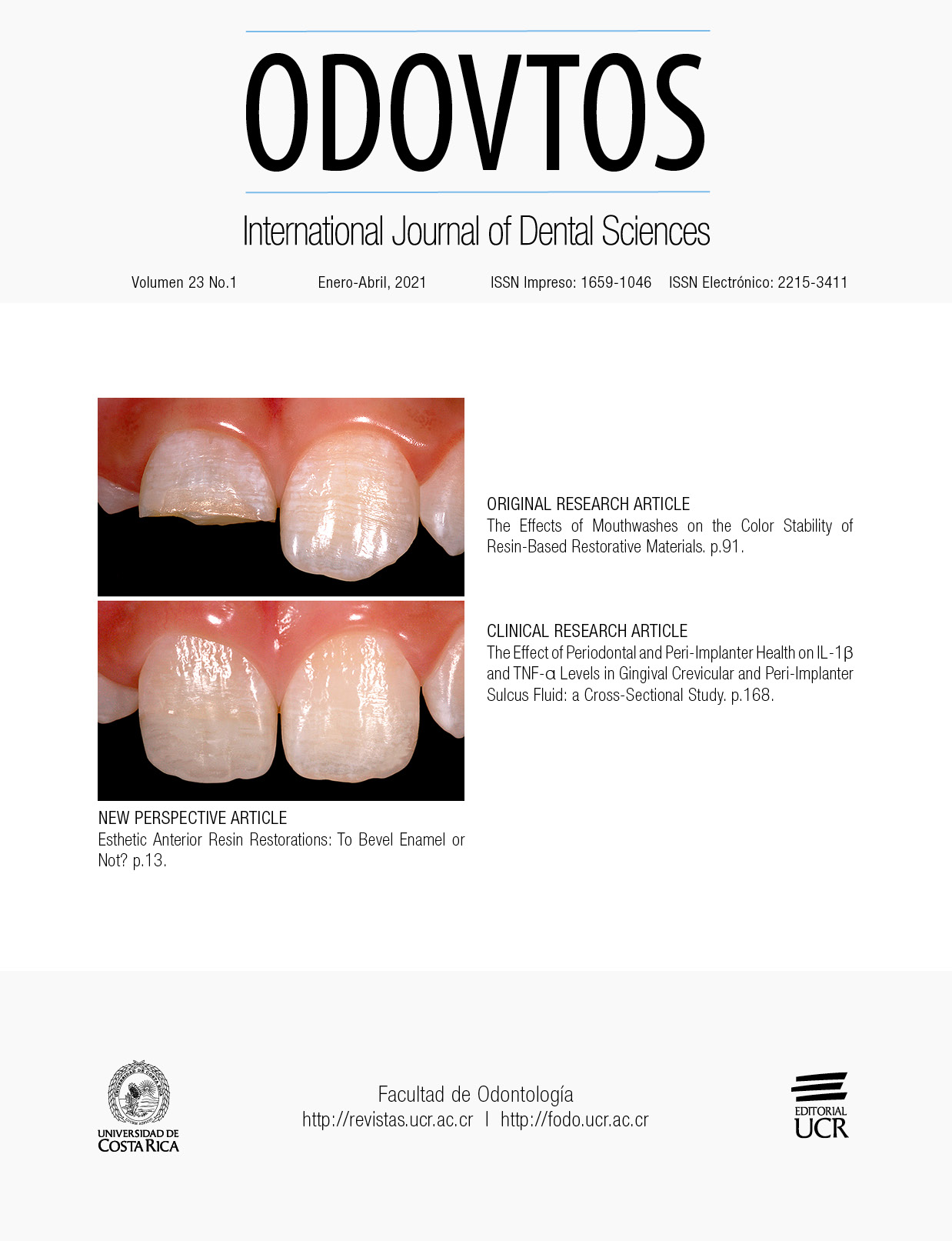Abstract
Osteoporosis is a chronic, silent, multifactorial and metabolic bone disease characterized by low bone mineral density and altered micro architecture, presenting a high fracture rate with minimal trauma or without trauma (hip, spine and forearms). Osteoporosis can occur in both sexes and in all ages; mainly considered a problem for postmenopausal women, with higher risk of fracture over 50 years old. This increases the morbidity, mortality and costs of the health system, considering it a significant public health issue. Healthy bone has equilibrium characteristics between bone formation by osteoblasts and bone resorption by osteoclasts. In osteoporosis this balance is altered, showing a greater tendency to resorption. The most important risk factors for osteoporosis are age, sex, genetic factors, early menopause, inadequate calcium intake, lack of exercise, alcoholism, and smoking; it can also be associated with some endocrine diseases, such as hyperparathyroidism, kidney failure chronic, liver disease, malabsorption and drugs, including oral glucocorticoids. The objective of this bibliographic review is to provide updated and specific information about osteoporosis in the jaws and its diagnostic methods, which allow the dentist and radiologist to recognize, prevent and / or refer to the specialist indicated cases that may arise with this condition.

